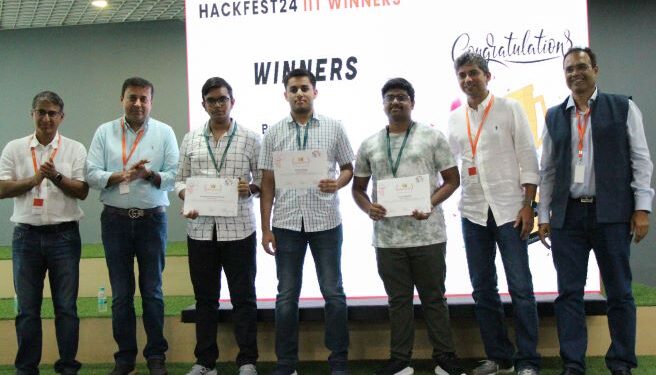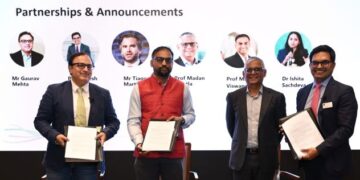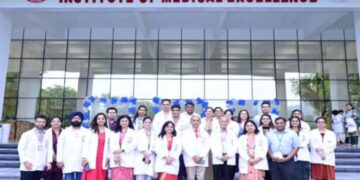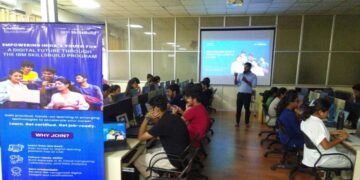Tredence, a leading data science and AI solutions company, held its global AI hackathon, ‘Ode to Code: Crafting the future with AI,’ on AI Appreciation Day. The 24-hour event brought together 235 participants from Tredence offices worldwide and seven prestigious Indian Institutes of Technology (IITs), forming 42 teams to tackle real-world challenges across various industries.
The hackathon, spanning locations from Bengaluru, Gurugram, Pune, Kolkata, and Chennai to the United States, Dubai, and Toronto, saw teams collaborating on innovative solutions with tangible impact. Participating IITs included IIT Varanasi (BHU), IIT (ISM) Dhanbad, IIT Delhi, IIT Guwahati, IIT Kanpur, IIT Kharagpur and IIT Madras. Projects ranged from revolutionizing metro system predictions to easing congestion at Hartsfield-Jackson Atlanta International Airport, supplier performance enhancement and reliability, advanced anti-money laundering platforms with graph-based analysis, AI insights for seamless transactions at SwiftPay, and more, demonstrating the event’s focus on solving critical global problems.
The hackathon aimed to develop innovative assets and accelerators for Tredence while addressing real industry problems. For IIT students, it provided a platform to showcase their skills and potentially secure job opportunities in the rapidly growing AI industry.
“Our AI hackathon underscores our commitment to innovation and talent development,” said Munjay Singh, COO of Tredence. “By combining the expertise of our seasoned data engineering and data science professionals with the fresh perspectives of IIT students, we are not only addressing critical industry challenges but also grooming the next generation of AI leaders. This collaboration is a catalyst for groundbreaking solutions and transformative advancements. Our mission was to solve real-world industry problems and our global teams demonstrated extraordinary creativity and determination. The pioneering solutions developed are just the beginning, and we are excited to push these advancements further, continually redefining the potential of data-driven solutions.”












